Persimmons, with their vibrant orange hue and rich, honeyed flavor, have long been cherished in various culinary traditions. From ancient Asian markets to trendy European cafes, these luscious fruits are now globally traded commodities. While persimmons are cultivated in several parts of the world, some countries have turned this seasonal delight into a major export product. But the big question is — which country stands as the world’s largest persimmon exporter?
In this article, we’ll explore the global persimmon trade, highlighting key exporters, market trends, and the factors that have helped one nation claim the top spot in this thriving market.
A Global Overview of Persimmon Production and Trade
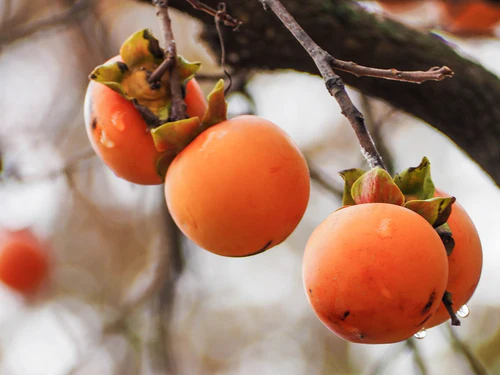
Persimmons are primarily grown in warm temperate and subtropical regions, thriving in countries with mild winters and hot summers. Today, the top persimmon producers include China, South Korea, Japan, Azerbaijan, Uzbekistan, Spain, and Italy. However, not all of these producers export their harvests on a large scale.
While China remains the world’s largest producer by volume, much of its produce is consumed domestically. Export volumes tend to be dominated by a handful of countries with the infrastructure, logistics, and market connections to distribute persimmons globally.
Which Country Is the Largest Persimmon Exporter in the World?
Spain is the world’s largest persimmon exporter, both by volume and value.
In 2023, Spain exported persimmons worth approximately USD 243 million, accounting for nearly 43% of global persimmon export trade. This achievement is the result of Spain’s dedication to cultivating high-quality persimmons, coupled with advanced post-harvest processing technologies and robust distribution networks across Europe and beyond.
Why Does Spain Lead the World in Persimmon Exports?
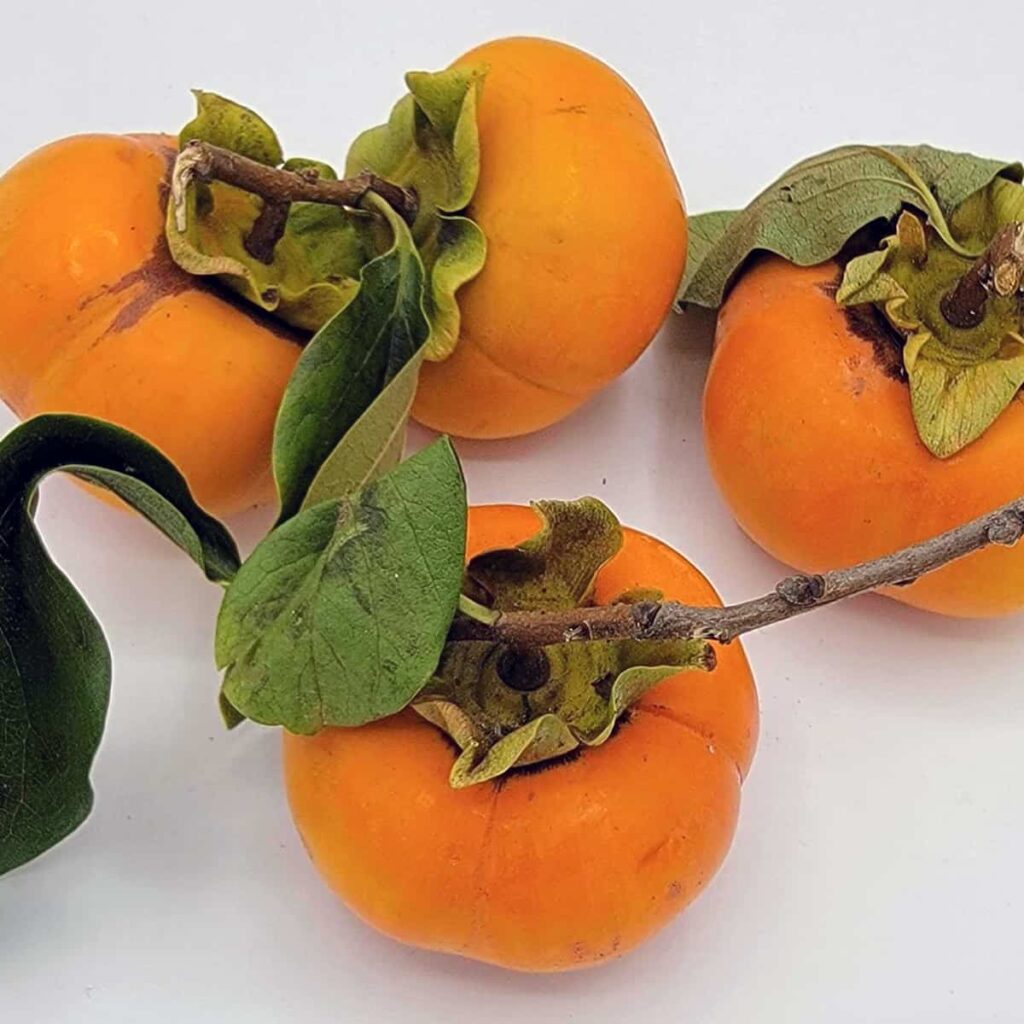
Several factors have propelled Spain to the top of the global persimmon export market:
1. Specialized Cultivation
Spain’s primary persimmon variety is the ‘Rojo Brillante’, grown predominantly in the Valencian Community, especially in the Ribera del Xúquer region. This variety is seedless, sweet, and has a firm texture, making it highly suitable for both domestic and international markets.
2. Advanced Post-Harvest Technology
Persimmons, particularly astringent varieties like Rojo Brillante, require treatment to remove their natural bitterness. Spanish exporters utilize controlled-atmosphere (CO₂) de-astringency treatments, allowing the fruits to be safely exported while maintaining their flavor and texture.
3. Strong Trade Relations and Infrastructure
Spain benefits from well-established logistics channels and trade agreements within the European Union, giving it easy access to key markets such as Germany, France, Italy, and the Netherlands.
4. Market Branding
The ‘Rojo Brillante’ persimmons from Spain are protected under the Denomination of Origin (D.O.) Ribera del Xúquer, a quality label that has enhanced the fruit’s appeal across European markets.
Top Persimmon Exporting Countries (2023)
Aside from Spain, several other countries play vital roles in the global persimmon trade:
| Rank | Country | Export Value (USD) | Global Share (%) |
|---|---|---|---|
| 1 | Spain | 243 million | 43% |
| 2 | Azerbaijan | 127 million | 22.5% |
| 3 | China | 91.6 million | 16.2% |
| 4 | Uzbekistan | 8.8 million | 1.6% |
| 5 | United States | 9.5 million | 1.7% |
Europe accounts for over 50% of global persimmon exports, with Asia contributing around 44%. Spain’s dominance is clear not just in value, but also in trade volume.
Key Export Markets for Persimmons
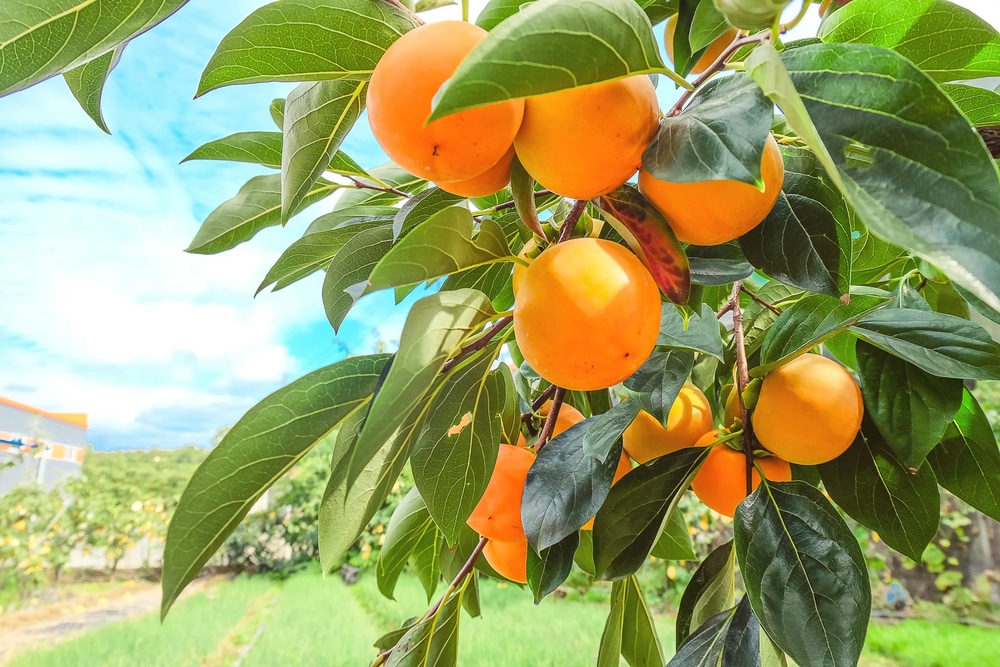
Spain’s persimmons primarily reach:
- Germany (largest importer of Spanish persimmons)
- France
- Italy
- United Kingdom
- Netherlands
- Belgium
Other global destinations include Russia, Vietnam, and Middle Eastern markets.
Meanwhile, countries like Azerbaijan and Uzbekistan largely export to Russia, neighboring CIS countries, and select Middle Eastern nations.
Growth in Spain’s Persimmon Exports
In recent years, Spain’s persimmon exports have seen steady growth:
- Export value rose by 48% in 2023 compared to 2022.
- Germany alone imported over 48,000 tons of Spanish persimmons in 2023, making it Spain’s top export market.
This growth can be attributed to increasing health awareness, demand for exotic fruits, and the popularity of plant-based diets that include nutrient-dense fruits like persimmons.
Price Trends in the Persimmon Market
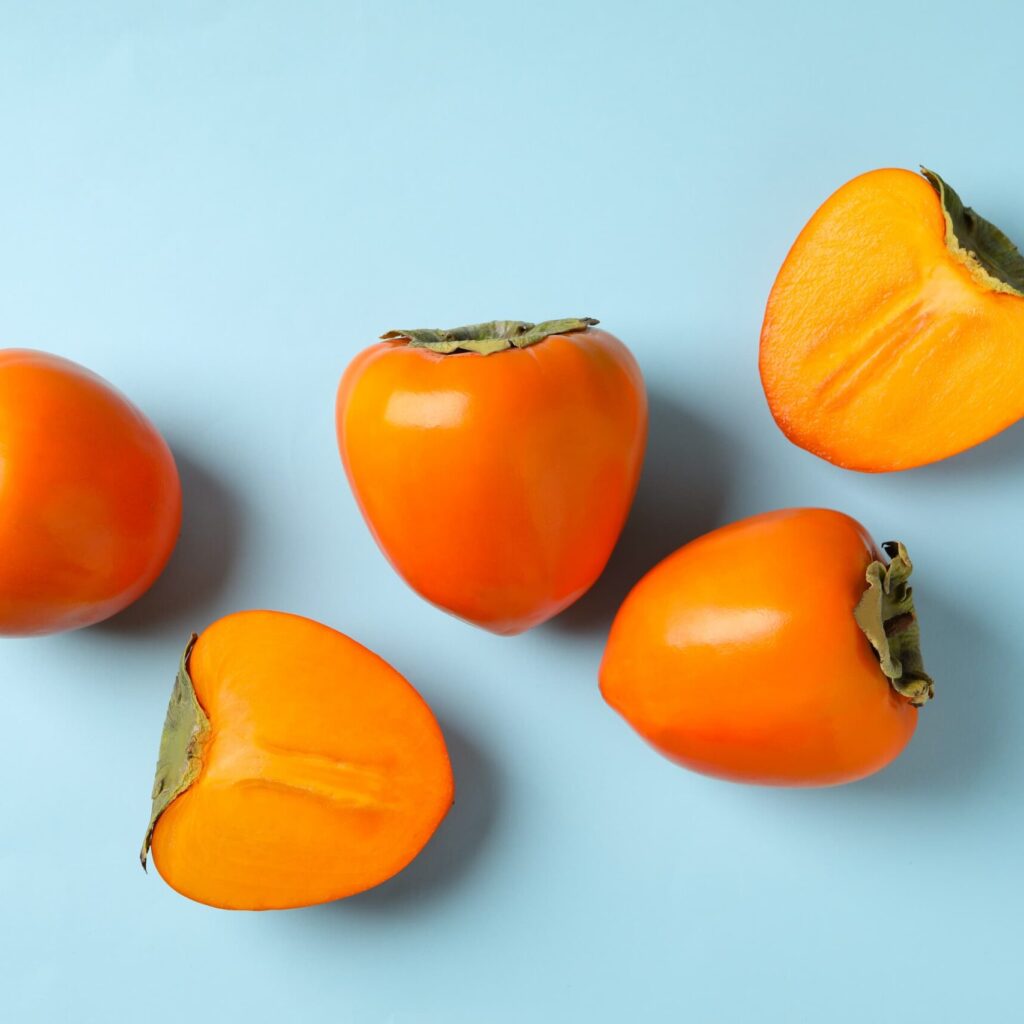
In 2023:
- The average export price of persimmons from Spain reached approximately USD 1,500 per ton, up by 4% from the previous year.
- Premium-grade persimmons (large, defect-free, CO₂-treated Rojo Brillante variety) fetched even higher prices, particularly in Western European markets.
Azerbaijan and China’s persimmons are typically sold at lower average prices due to different varieties, sizes, and market positions.
Future Trends in the Global Persimmon Market
The global persimmon market is expected to grow at a compound annual growth rate (CAGR) of 6.1% from 2024 to 2028, reaching USD 1.13 billion by 2028. This growth will be driven by:
- Rising consumer demand for exotic and nutrient-rich fruits.
- Expansion of processing techniques like drying, pureeing, and juice production.
- New markets opening up in Asia-Pacific, the Middle East, and North America.
- Climate-resilient varieties being cultivated in non-traditional regions like New Zealand and Chile.
Health Benefits of Persimmons Fueling Demand
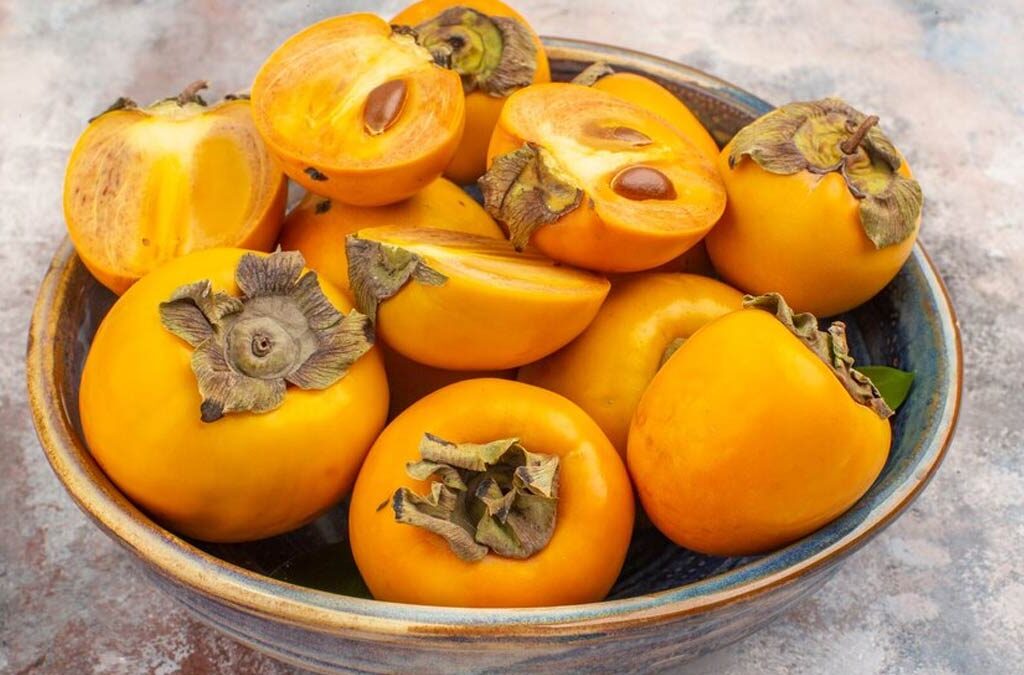
Persimmons aren’t just sweet and attractive; they’re loaded with health benefits:
- Rich in dietary fiber, aiding digestion.
- Packed with antioxidants like beta-carotene and vitamin C.
- Contains anti-inflammatory compounds that help lower the risk of chronic diseases.
- Low in calories and high in water content, making them ideal for healthy snacking.
These nutritional advantages continue to boost global demand, both for fresh consumption and processed products.
Conclusion: Spain Reigns Supreme
After analyzing trade volumes, export values, and market reach, it’s clear that:
- Spain is currently the largest persimmon exporter in the world.
- Its persimmon exports reached USD 243 million in 2023, accounting for 43% of global trade.
- Factors like specialized cultivation, advanced post-harvest technology, strong logistics infrastructure, and European market access contribute to Spain’s leading position.
- Azerbaijan and China are significant contenders but primarily serve regional markets.
With global persimmon demand steadily rising and Spain’s industry evolving to meet new export opportunities, it appears likely that Spain will maintain its position as the world’s top persimmon exporter for years to come.

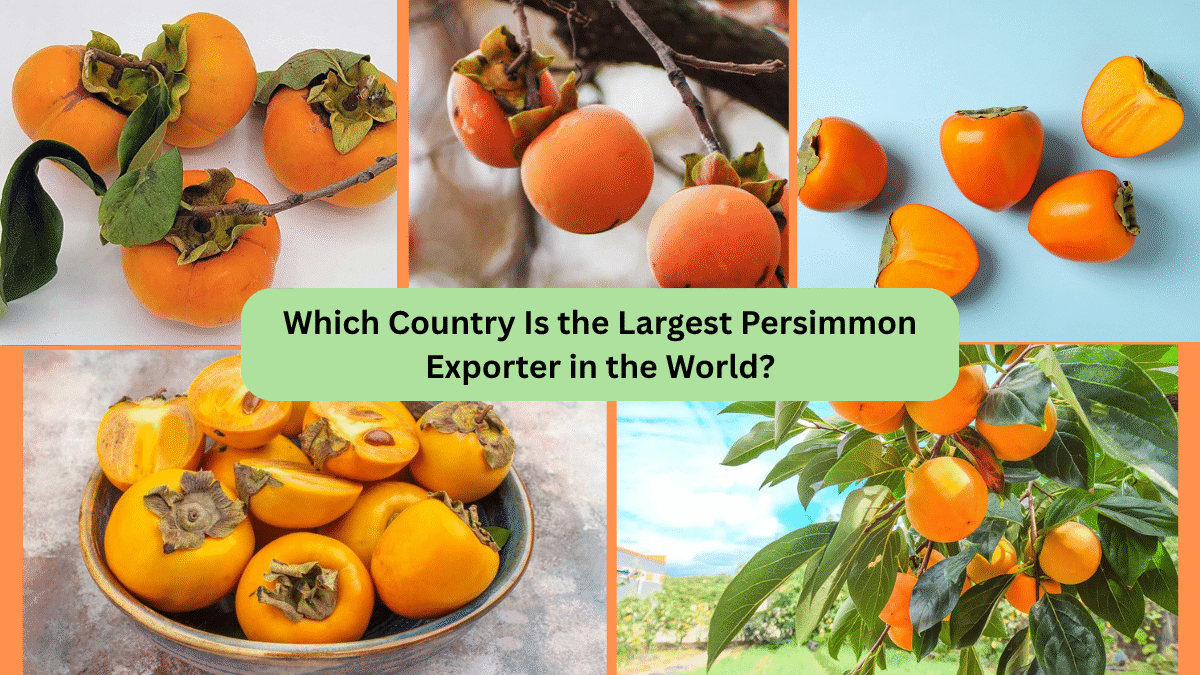




Leave A Comment